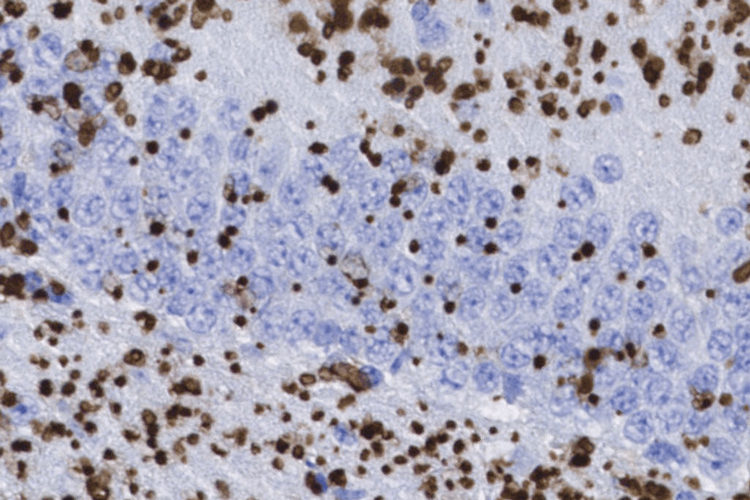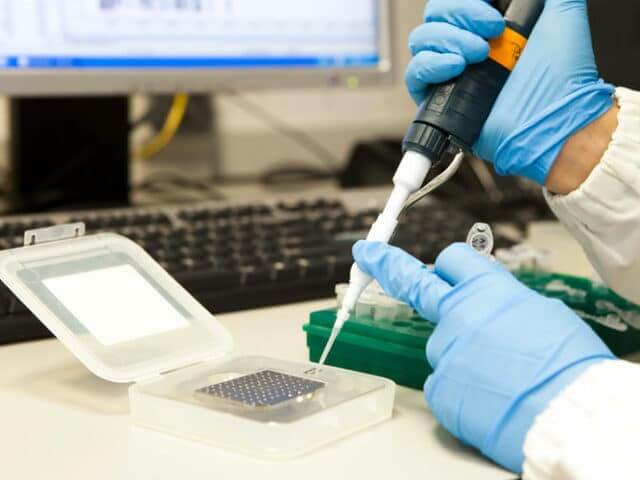A Gene Therapy for Lafora Disease

Lafora disease is a severe neurodegenerative disease that is classified under the category of Genetic and Rare Diseases (GARD). It is a disorder that affects adolescents, where the first symptoms appear in the form of epileptic seizures. The pathology progresses rapidly, with a generalized deterioration of neurological functions, leading to death a few years later. Currently, there is no treatment for this rare disease.
The characteristic feature of this disease is the accumulation of cytoplasmic glycogen deposits known as Lafora bodies in the brain and other tissues. It is a genetic and hereditary disease caused by the mutation of two genes: EPM2A, which encodes the glycogen phosphatase laforin, and EPM2B, which encodes the E3-ubiquitin ligase maline.
In recent times, great advances have been made in understanding the genetic origins of rare diseases (GARD), as well as in developing gene therapies based on RNAi and mRNA. In addition, genome editing technologies in RNA have provided a new avenue for the treatment of rare diseases.
Dr Jordi Duran, professor and biomedical researcher with the Department of Bioengineering at the IQS School of Engineering and the Bioengineering Institute of Catalonia (IBEC), is one of the world’s leading experts on understanding Lafora disease and other related neurodegenerative diseases, as well as the physiological role of glycogen in the brain. Within the Brain Metabolism Lab, Dr Duran is now leading the Use of mRNA-loaded nanoparticles as an innovative replacement therapy for the treatment of Lafora disease project, which he is conducting in collaboration with a research team led by Dr Cristina Fornaguera that forms part of the Materials Engineering Group (GEMAT).
The project has two objectives: first, to evaluate the efficacy of reintroducing a functional copy of laforin as a gene therapy approach for Lafora patients with mutations in this gene.
The second objective of the project is to develop nanoparticles loaded with laforin (or malin) mRNA that enable the restoration of the gene expression of the mutated gene that causes the disease. To achieve this goal, the nanoparticles developed in the GEMAT group will be used, based on a new generation of polymers – pBAE or poly-(beta aminoesters) – that allow the genetic material to be released selectively in the target cells.
Dr Duran has recently received funding from the Ramon Areces Foundation to conduct his project.
Fighting the Rare
IQS recently hosted the premiere of the documentary Fighting the Rare, a documentary about the importance of conducting biomedical research to discover treatments for rare diseases using the example of research on Lafora disease.
The documentary was created by Dr Jordi Duran and his brother, Dr Jaume Duran, professor of Cinema at the University of Barcelona. Fighting the Rare was supported by the Catalan Foundation for Research and Innovation under the Joan Oró 2022 call for grants.
RELATED PEOPLE:
RESEARCH GROUP
Biological and Biotechnological Chemistry
RELATED PROJECTS
NanoLaf (Use of mRNA-loaded polymeric nanoparticles as an innovative replacement therapy to treat Lafora Disease)




